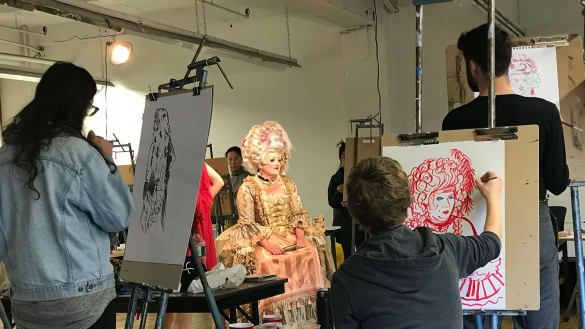MFA Illustration as Visual Essay

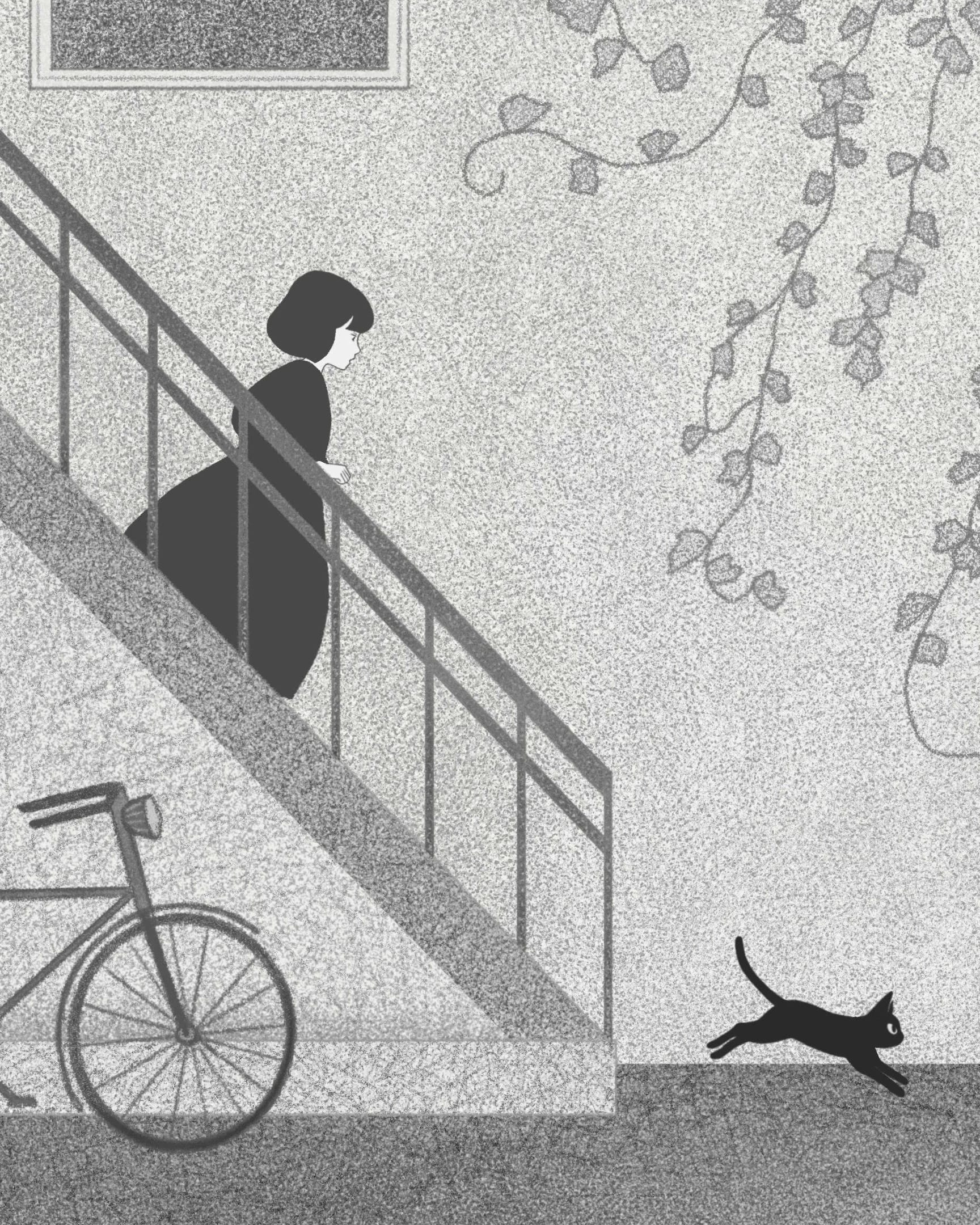
The innovative MFA Illustration as Visual Essay department, established in 1984, is deliberately designed as a full contact program for figurative artists. We ask a great deal from you, beginning with a commitment to be fully engaged in the art of storytelling. This means developing your writing as well as your visual skills. In return, we offer focused personal attention to deepening your intellectual artistic process as well as developing your individual talents in drawing and painting.
Why We Stand Out:
Develop your personal vision in our highly selective program
Classroom-based curriculum, where close interaction between faculty and other classmates is an essential part of the creative process of the program
New York City’s diverse and celebrated professional world provides mentors, guest lecturers, advisors and faculty

Class of 2024 Thesis Show
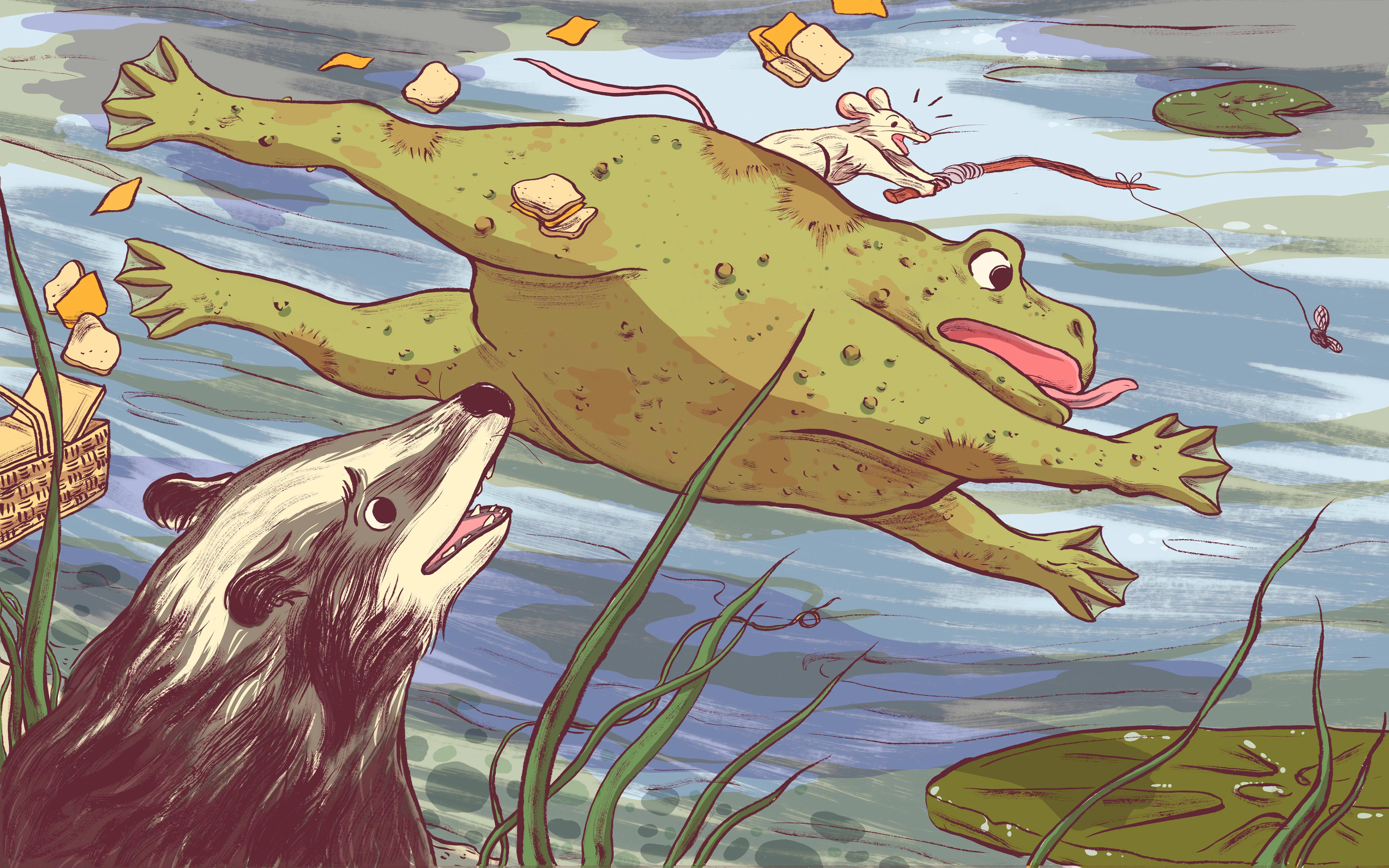
Class of 2024 Thesis Show

Class of 2024 Thesis Show

Class of 2024 Thesis Show

Class of 2024 Thesis Show
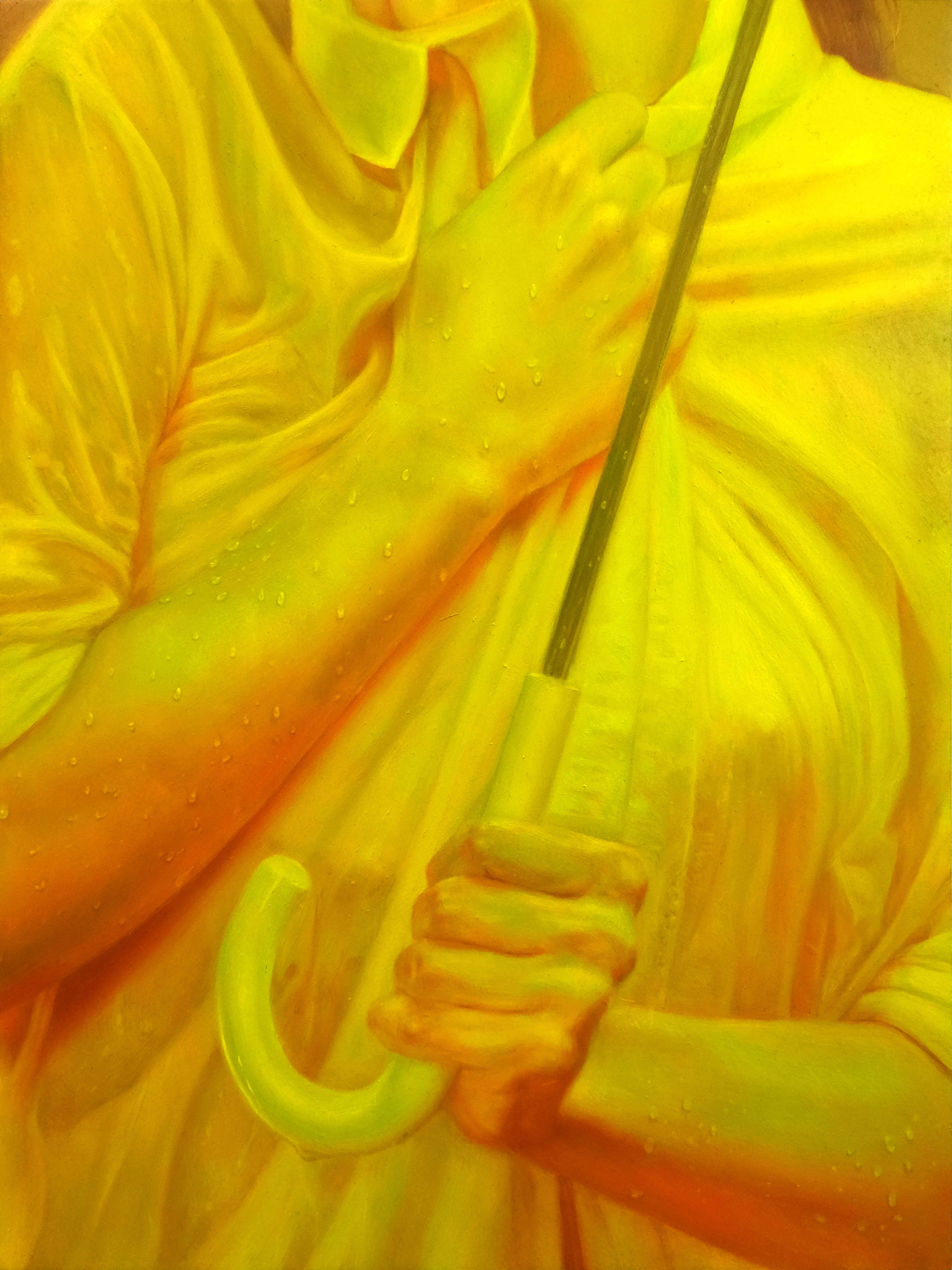
Class of 2024 Thesis Show

Class of 2024 Thesis Show
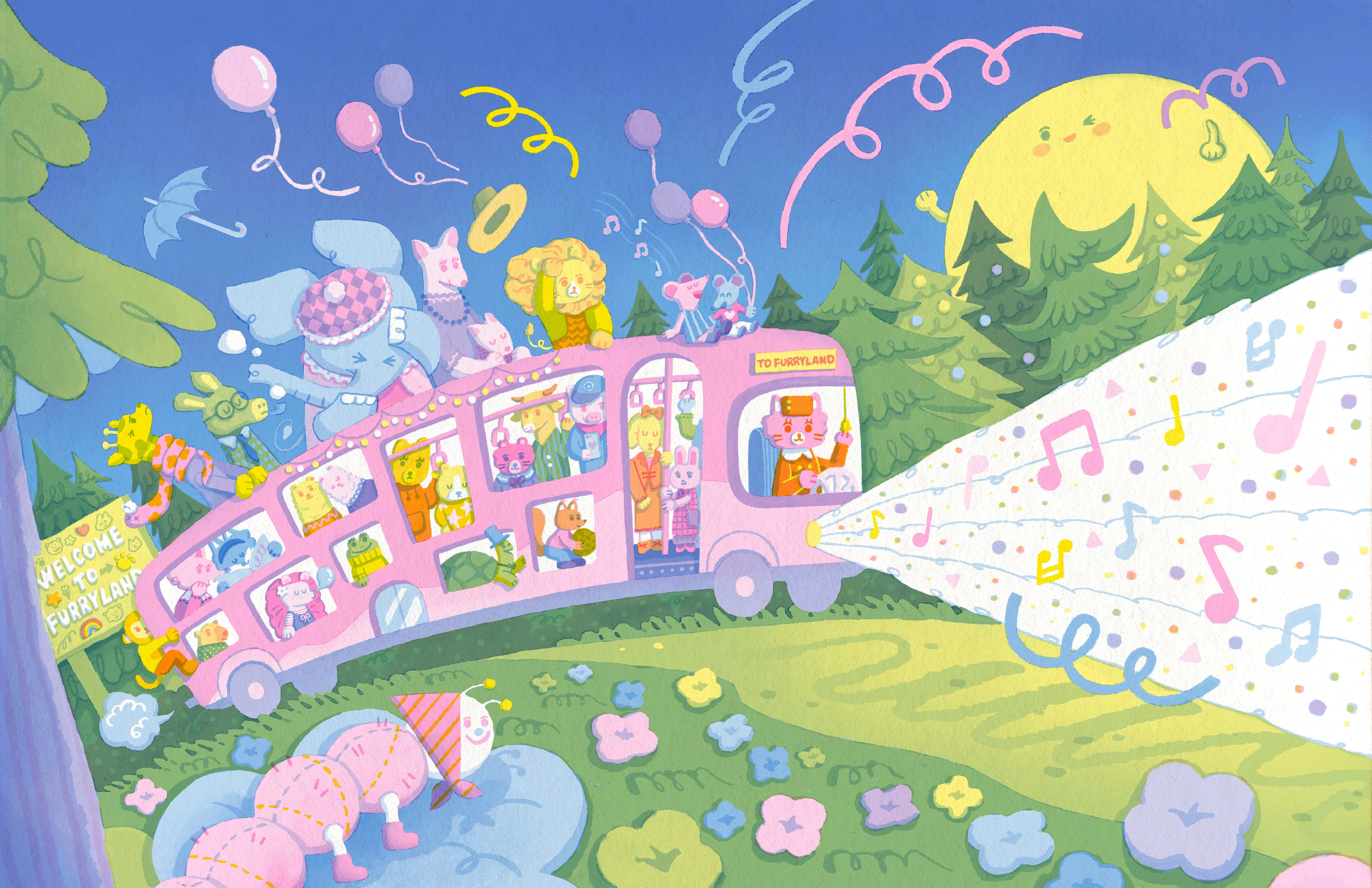
Class of 2024 Thesis Show
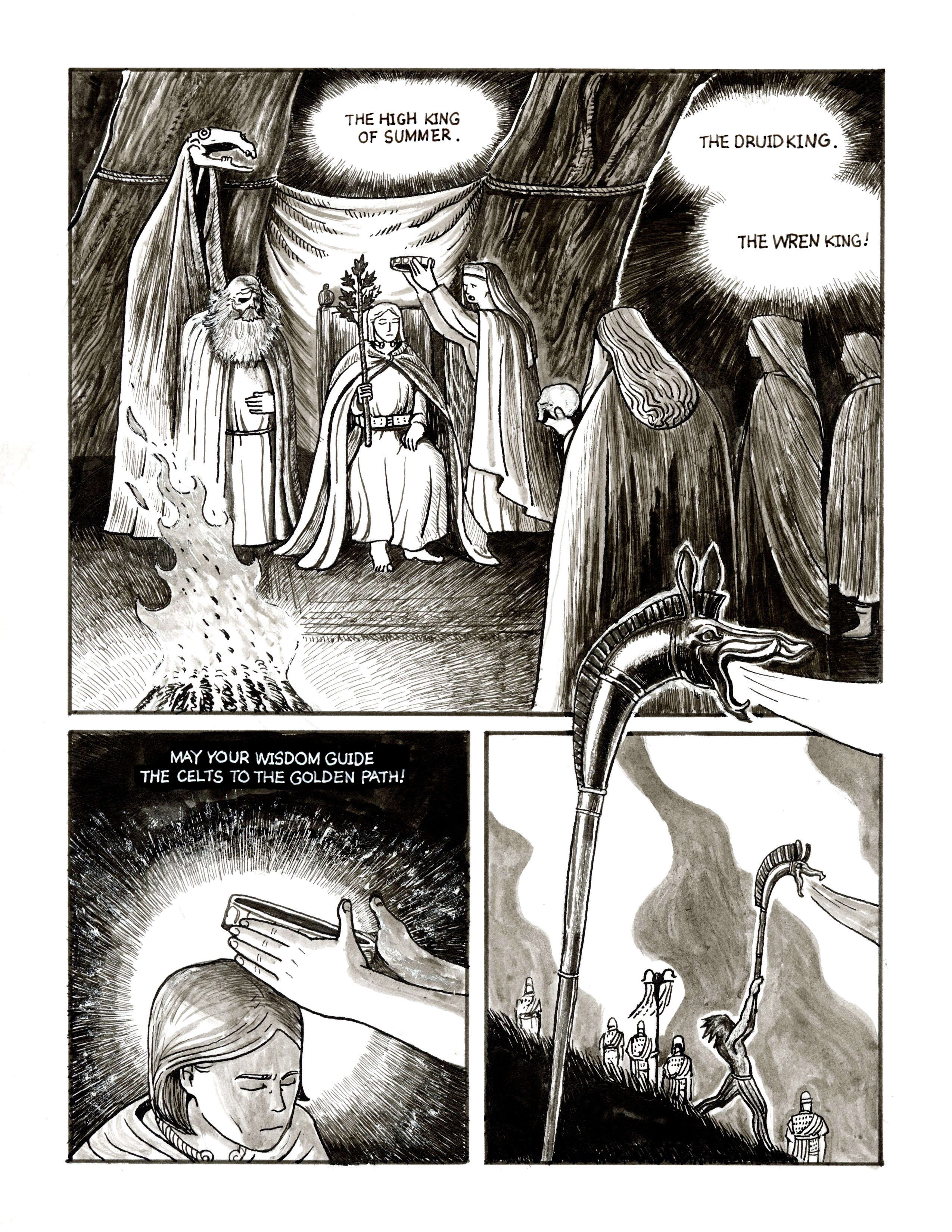
Class of 2024 Thesis Show
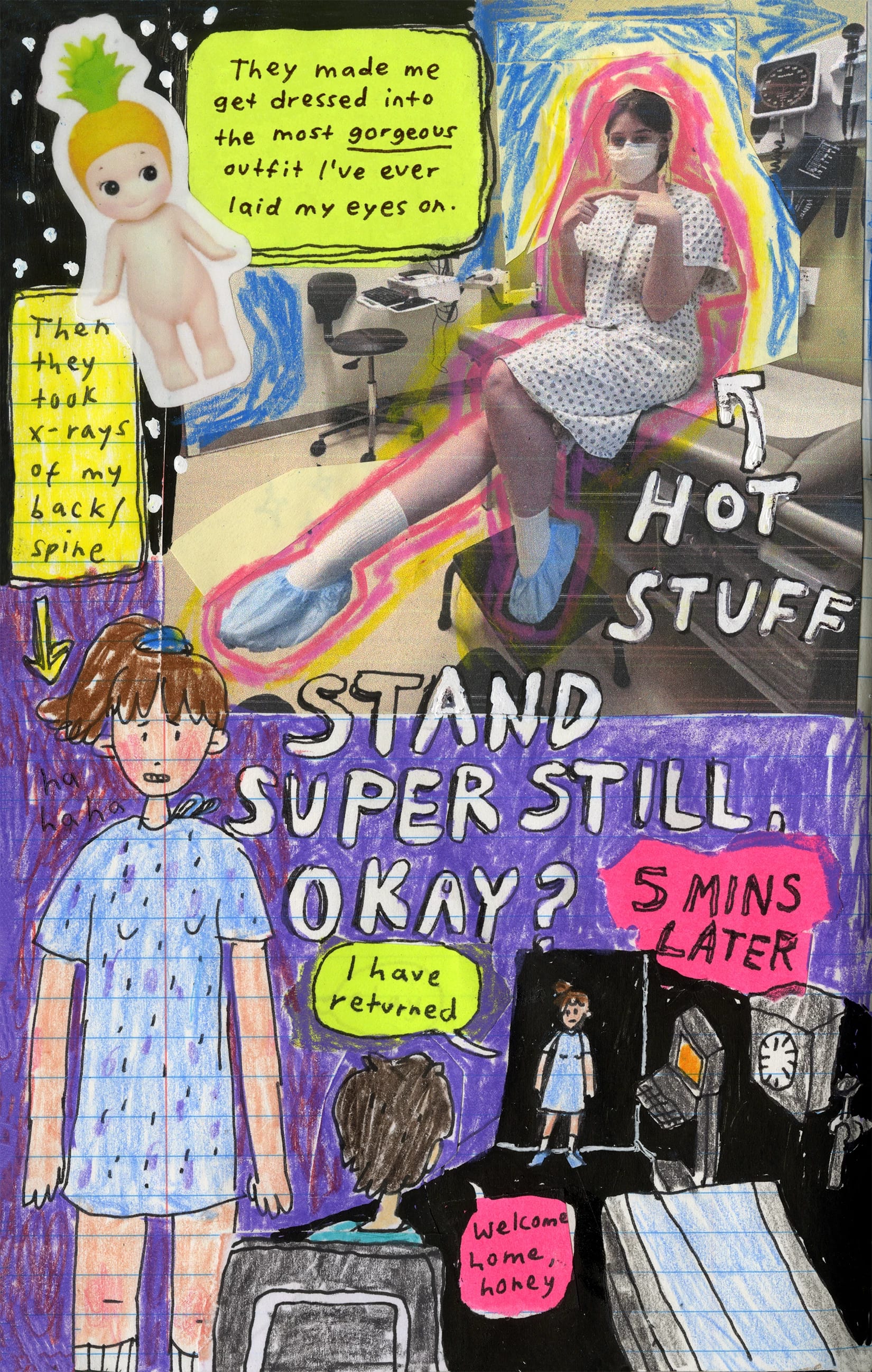
Class of 2024 Thesis Show

Class of 2024 Thesis Show

Class of 2024 Thesis Show
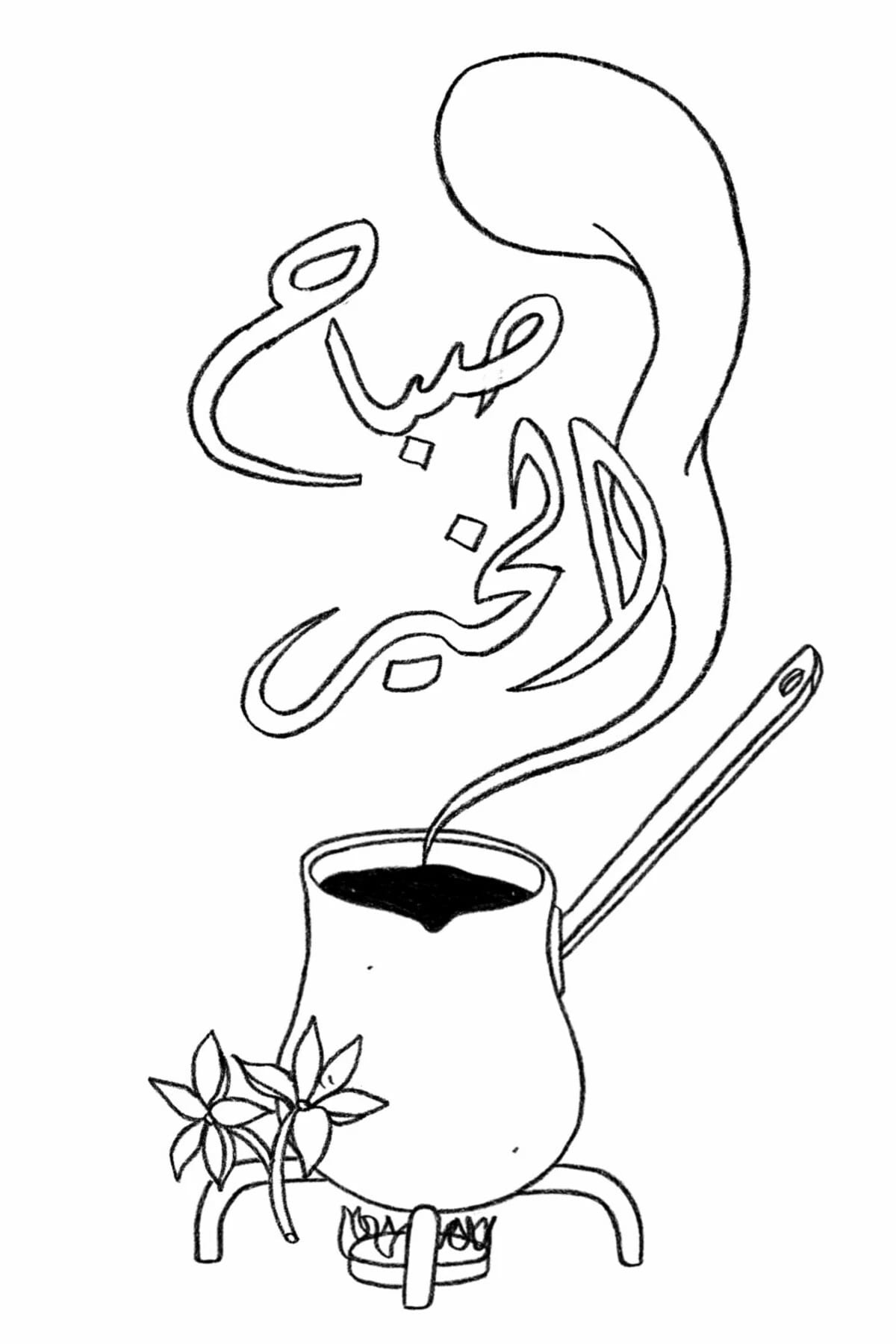
Class of 2024 Thesis Show

Class of 2024 Thesis Show
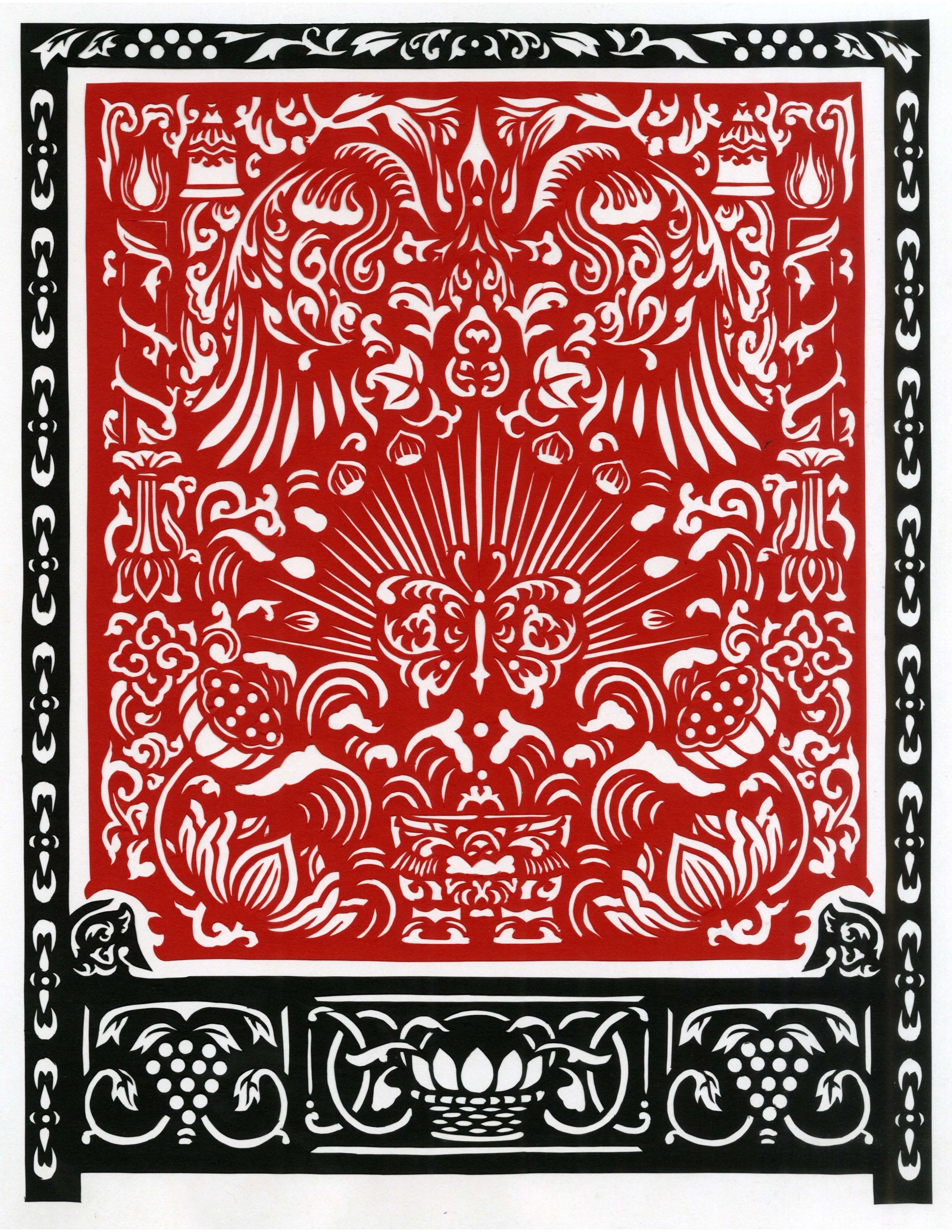
Class of 2024 Thesis Show
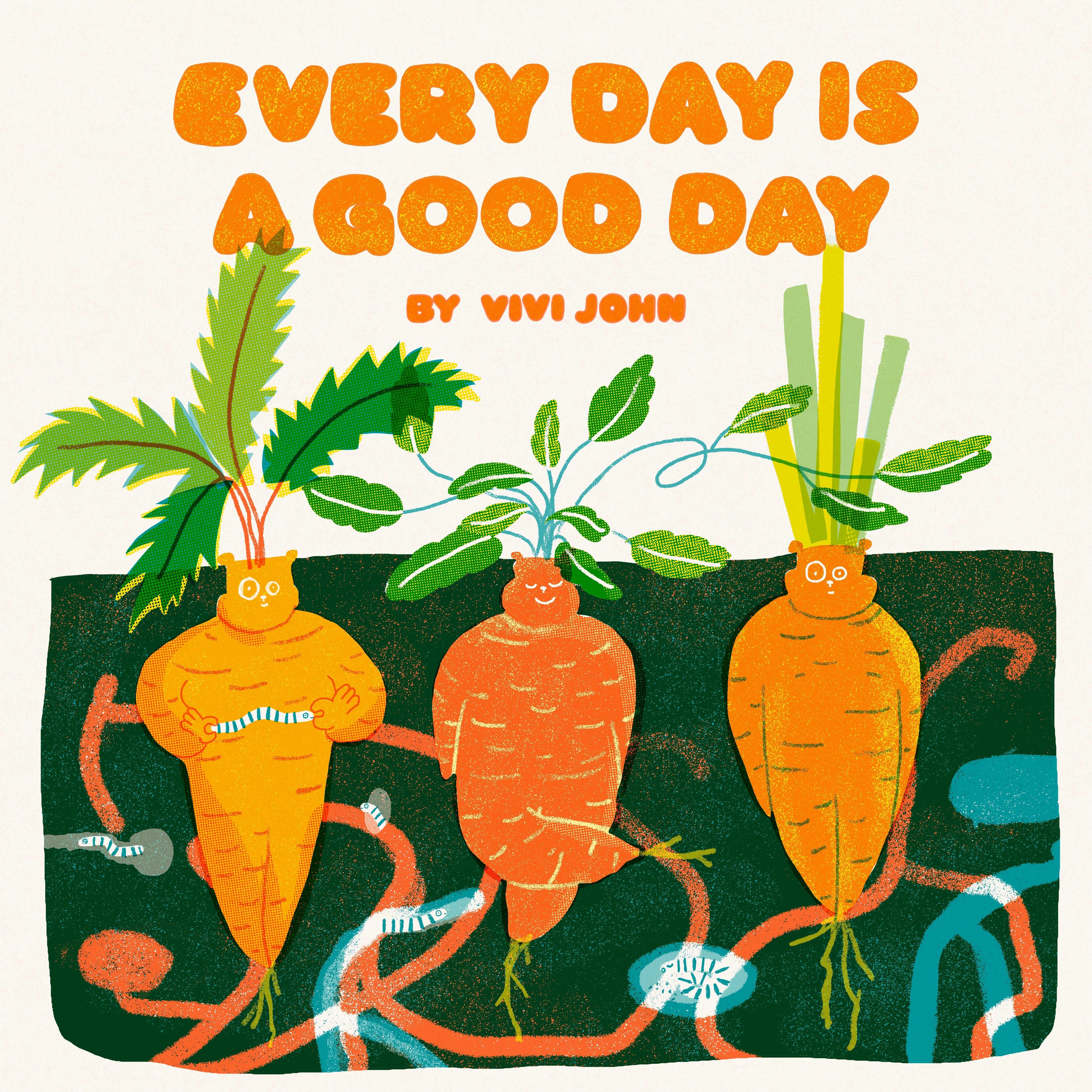
Class of 2024 Thesis Show
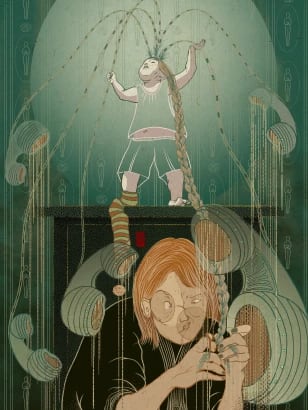
Class of 2024 Thesis Show
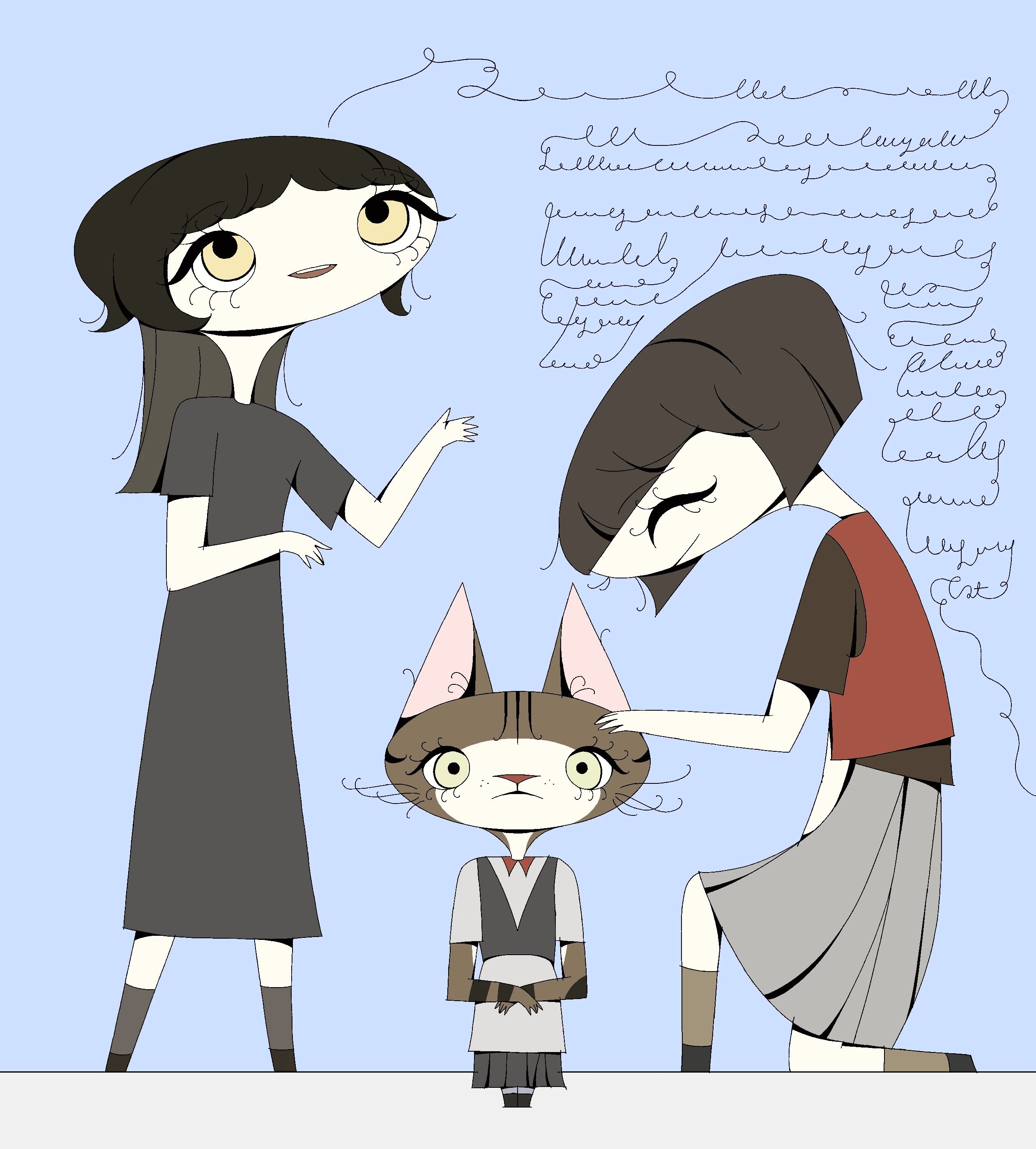
Class of 2024 Thesis Show
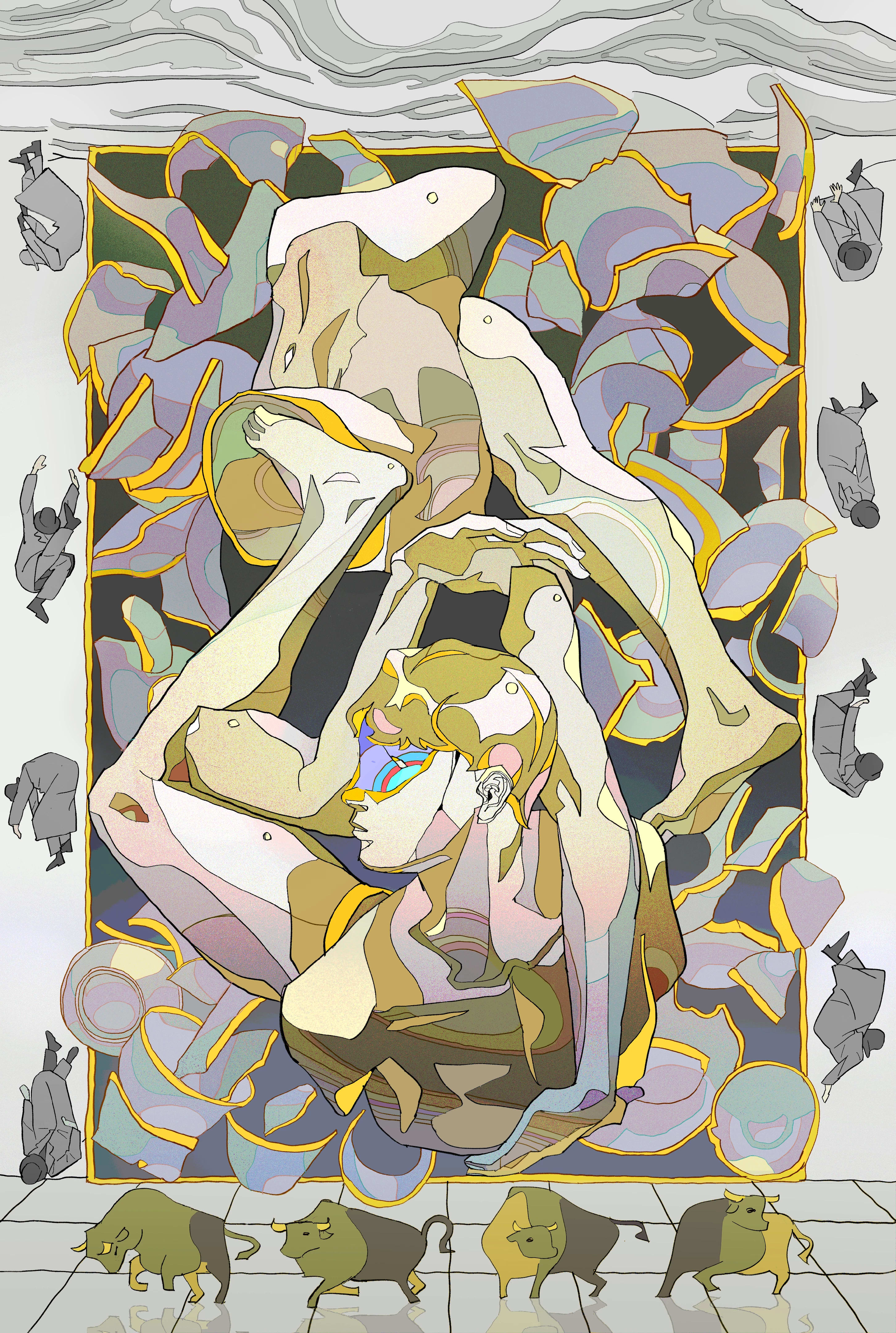
Class of 2024 Thesis Show

The Human Fly Book Seminar
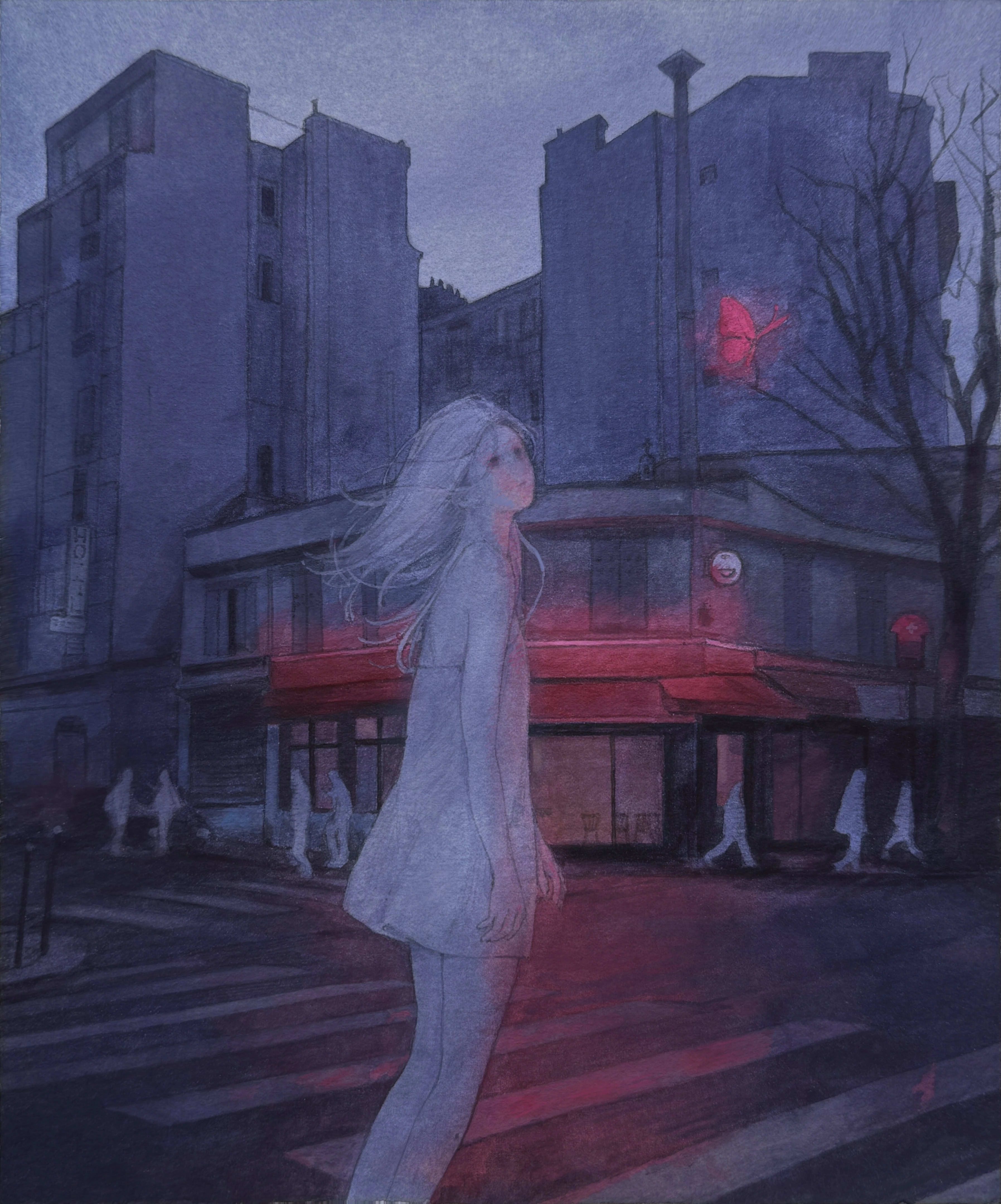
The Human Fly Book Seminar

The Human Fly Book Seminar

The Human Fly Book Seminar
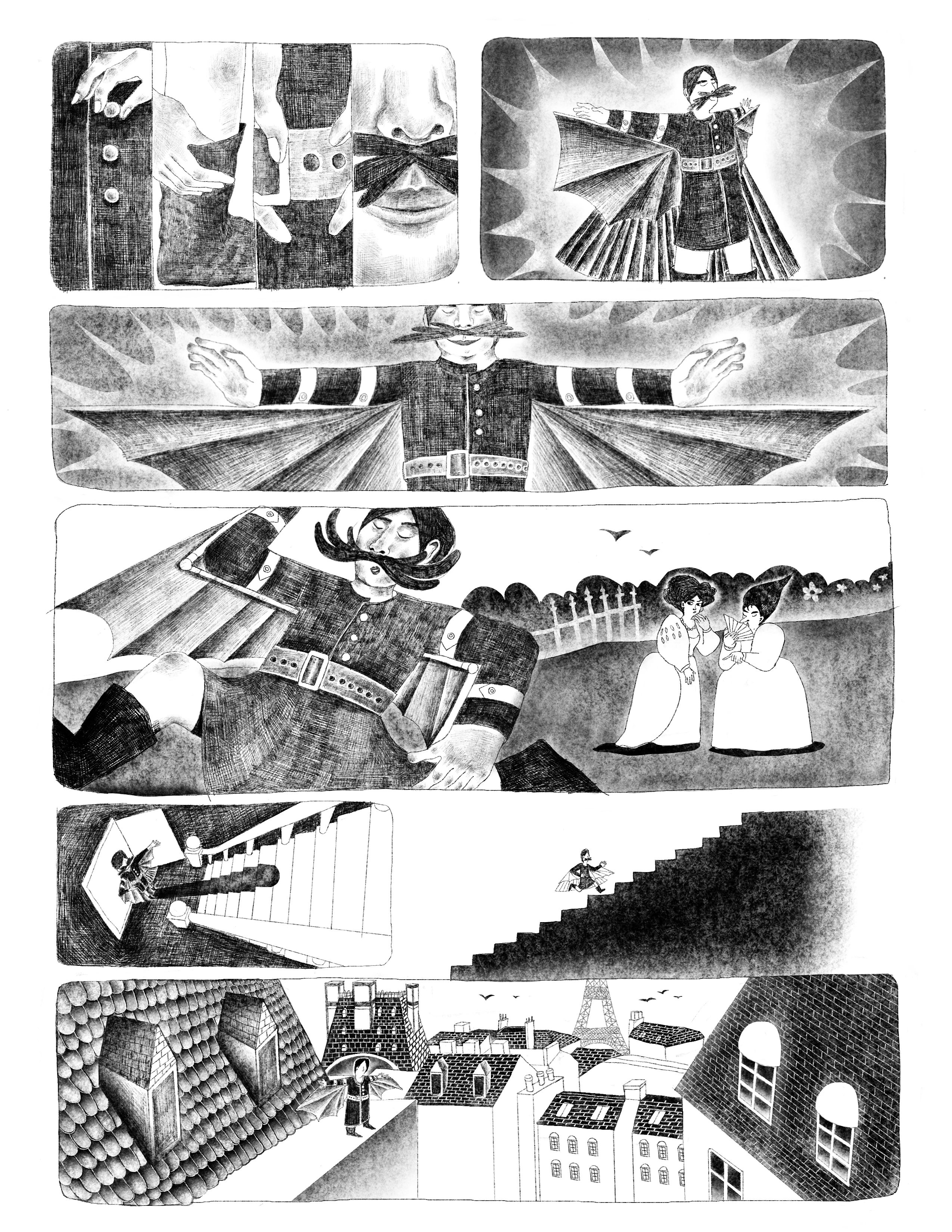
The Human Fly Book Seminar
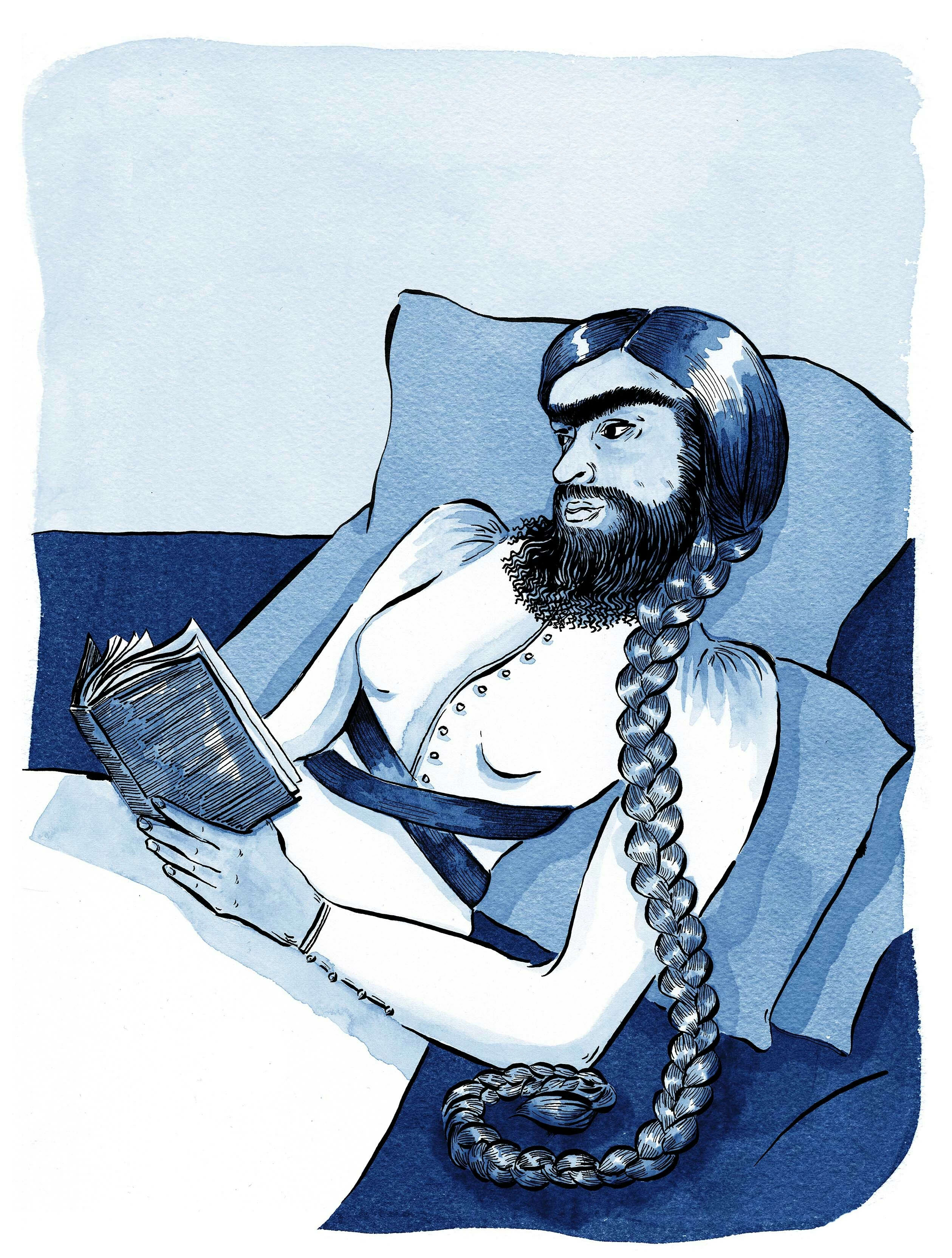
The Human Fly Book Seminar

The Human FlyBook Seminar

The Human Fly Book Seminar
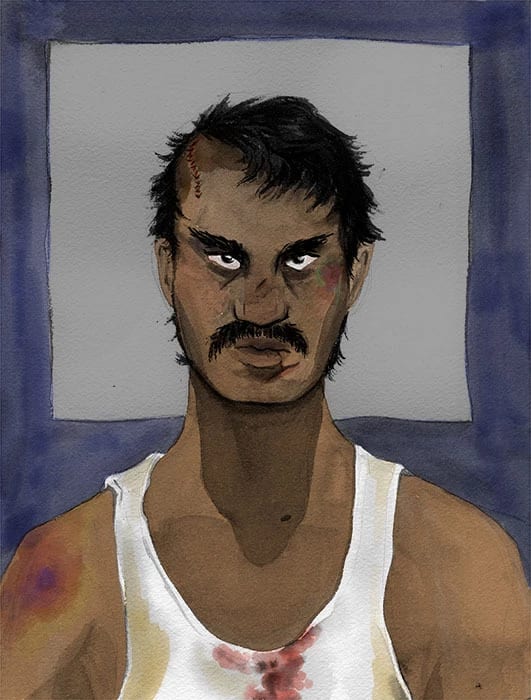
The Human Fly Book Seminar

The Human Fly Book Seminar

The Human Fly Book Seminar

The Human Fly Book Seminar

The Human Fly Book Seminar
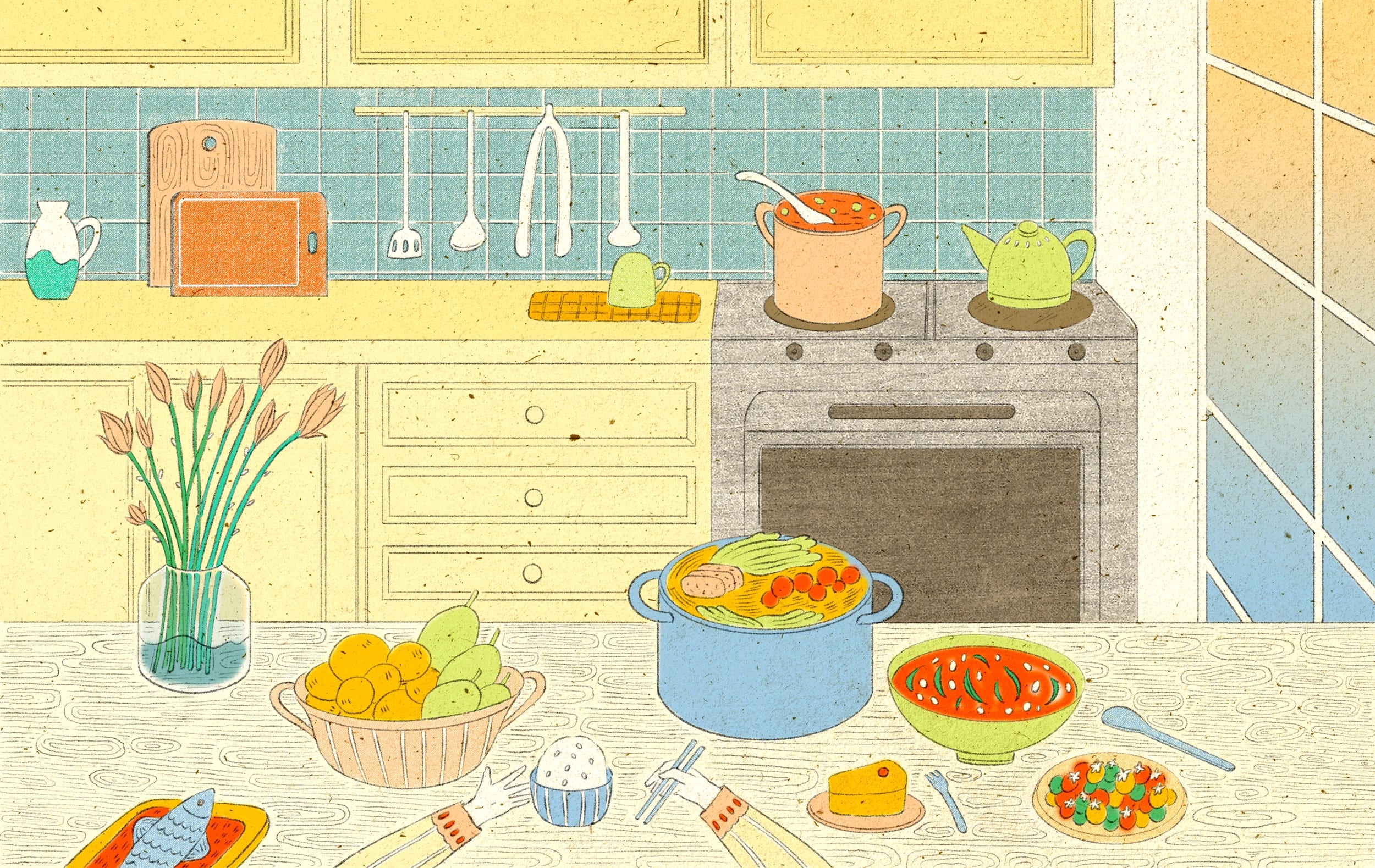
The Human Fly Book Seminar
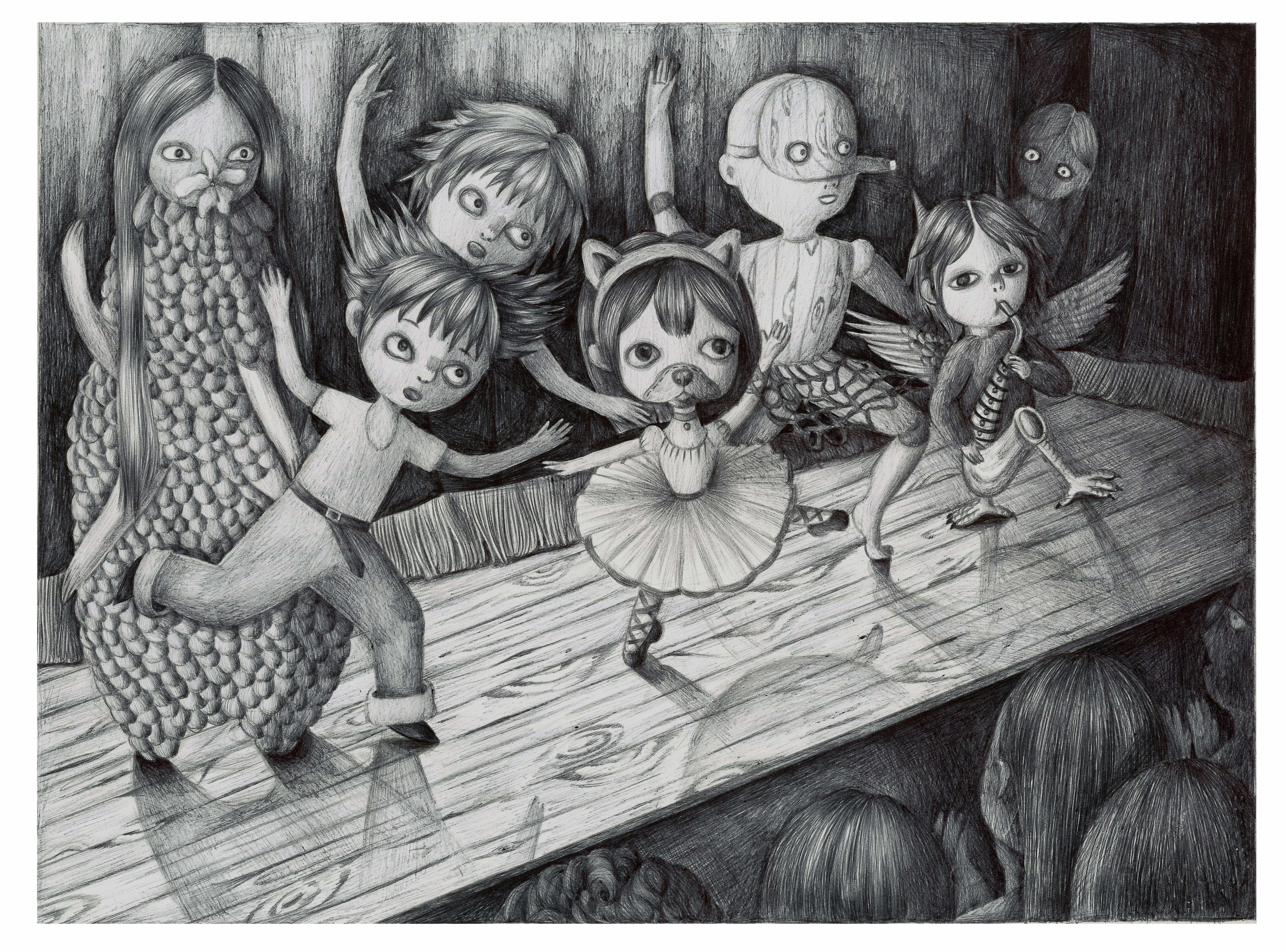
The Human Fly Book Seminar
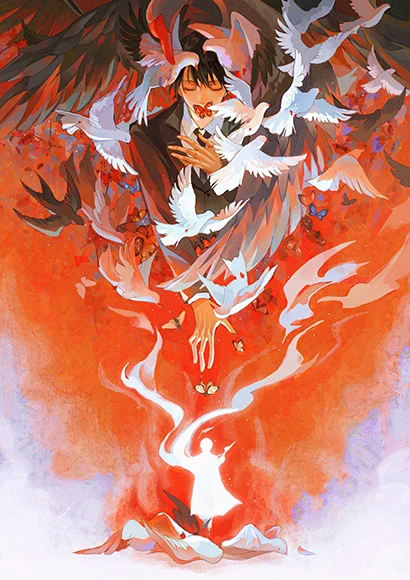
The Human Fly Book Seminar

The Human Fly Book Seminar
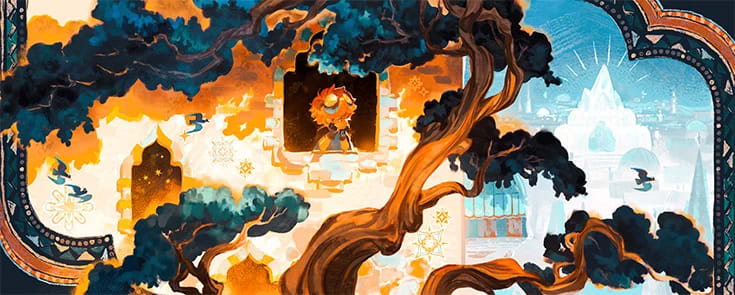
The Human Fly Book Seminar
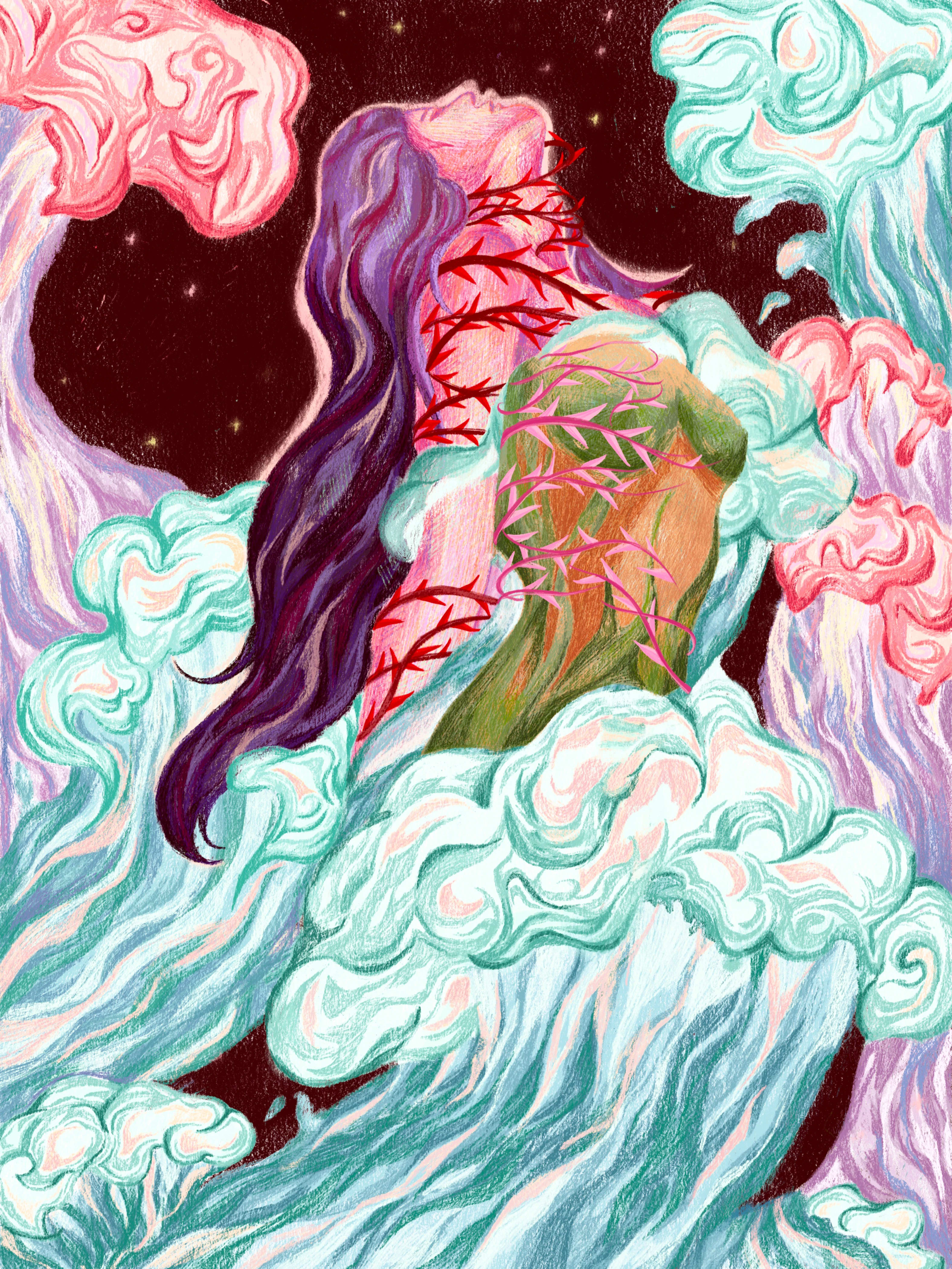
The Human Fly Book Seminar

John Rego

Wenkai Mao

Shreya Gupta

Claire Merchlinsky
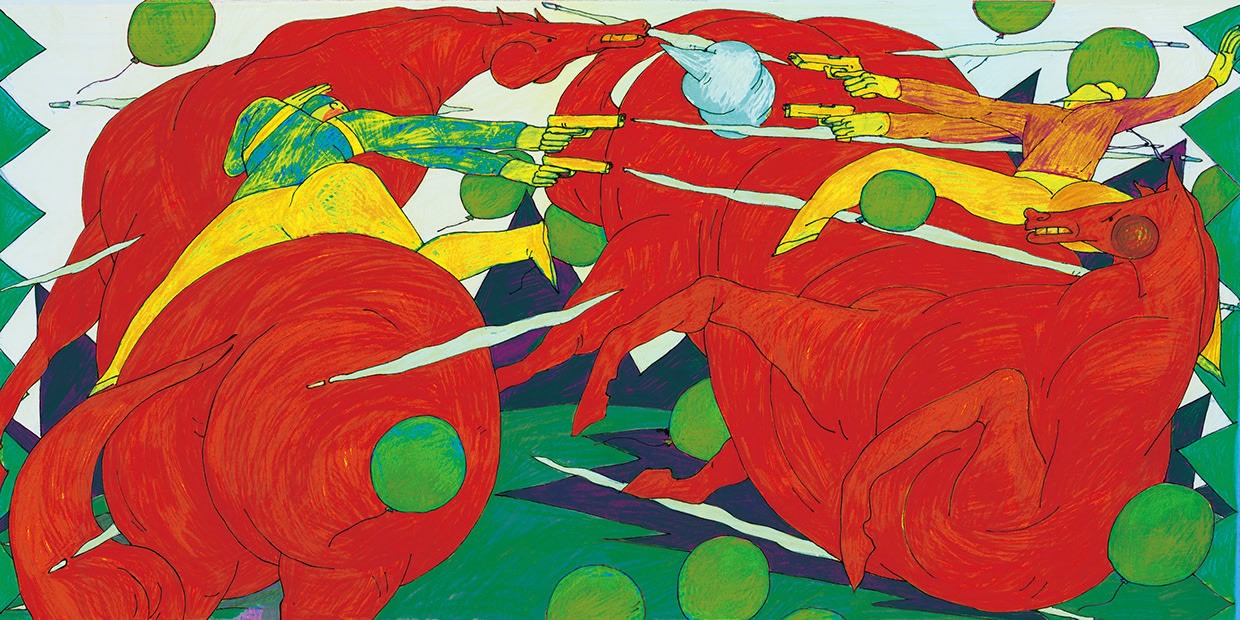
Jinny Zhang

Brian Britigan

Eugenia Mello
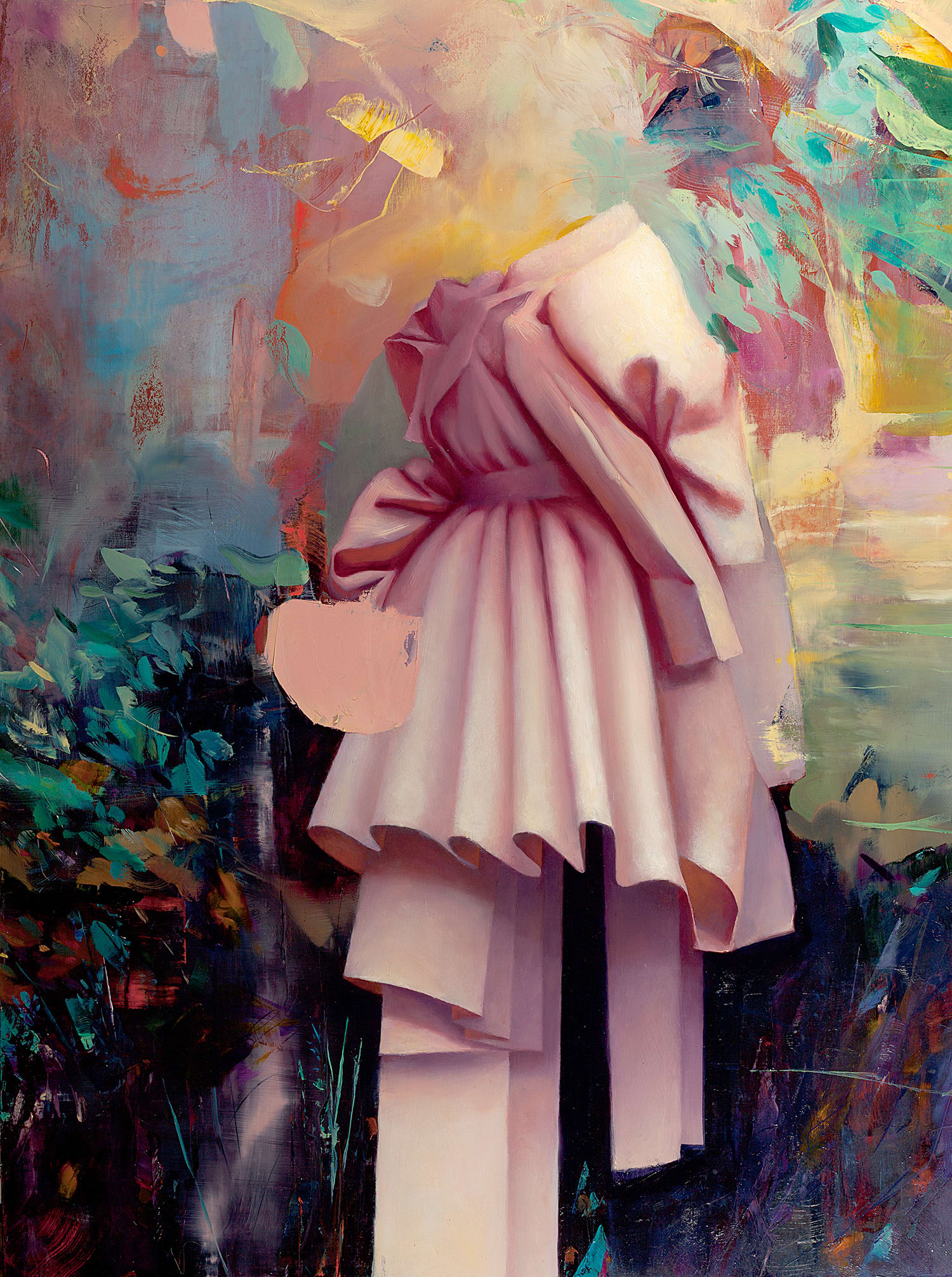
Audun Grimstad

Ishita Jain

Will Varner
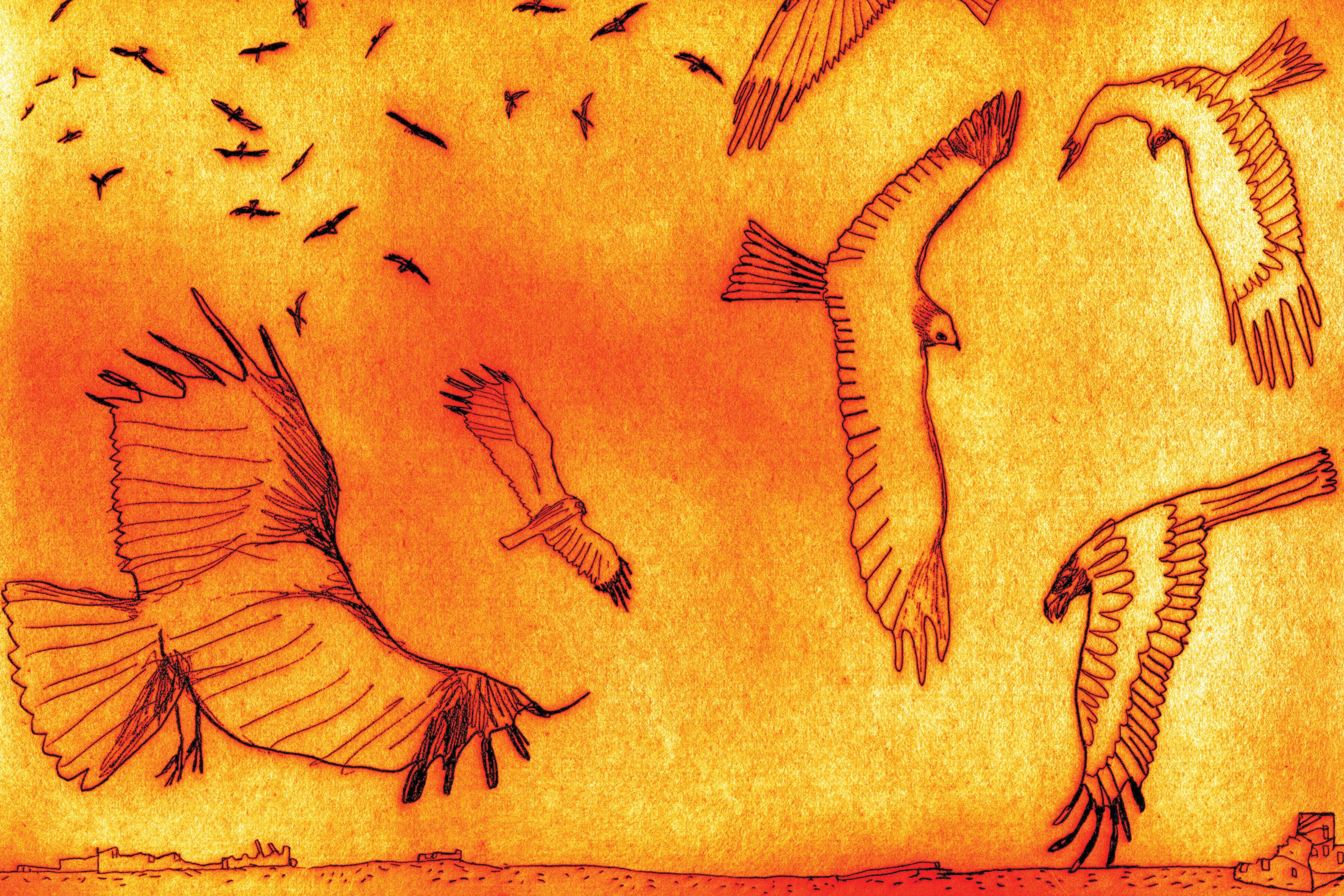
Lauren Redniss
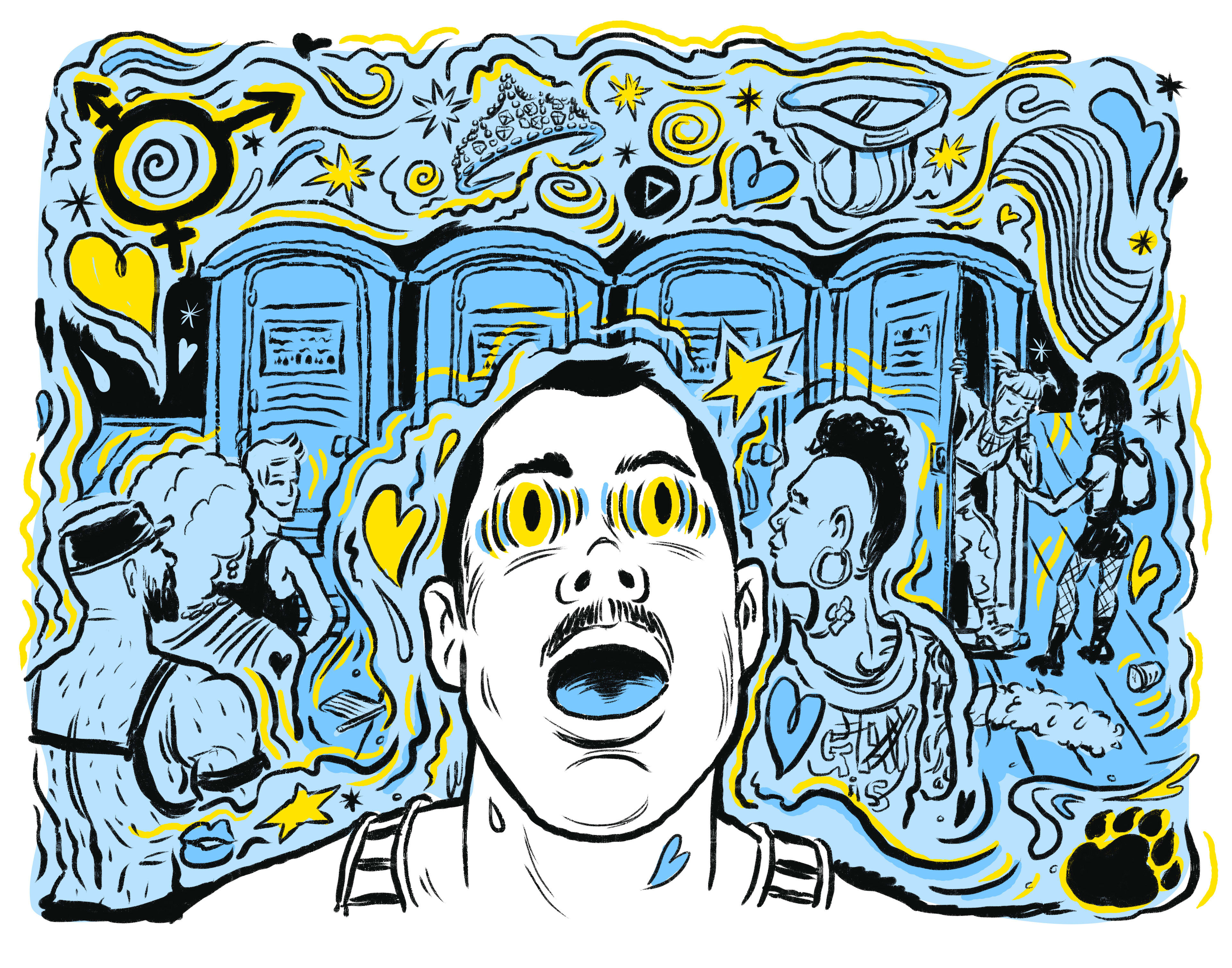
Will Varner
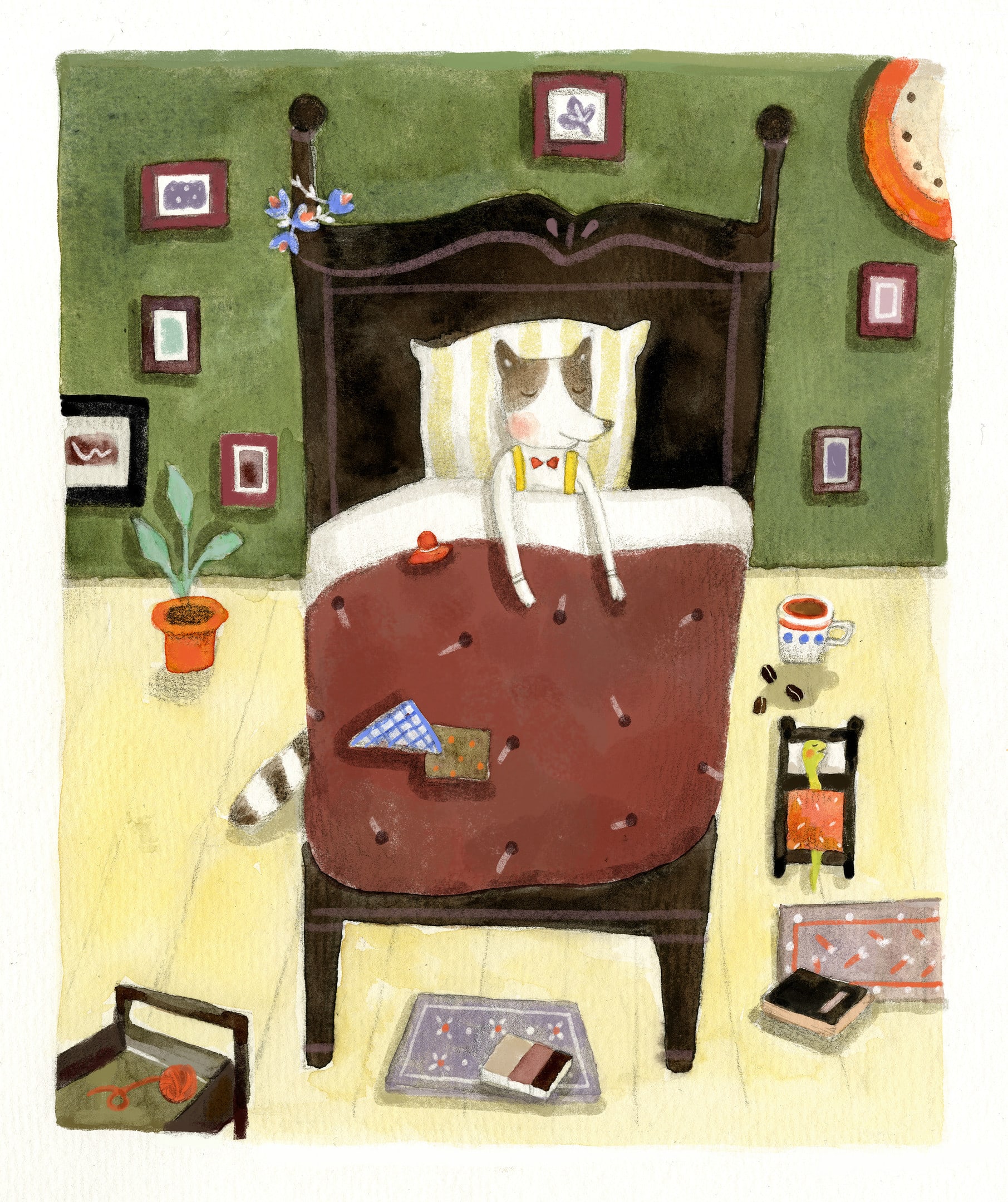
Mago Huang
More About the Department
We believe this program is as unique as it is revolutionary. It redefines how figurative artists see their work and how that art finds its way into the world of commerce—fine art, illustration and publication. It begins with developing a personal vision. Vision is not style. Whether the work is tightly rendered, loose, more or less expressive or Photoshopped, we help you to achieve personal content in your work—to tell your story as only you can. When your “style” is personal content, the images you make can only be original.
Each class becomes a community of figurative artists whose interest in storytelling encompasses all 21st-century media: graphic and illustrated novels, children’s books, comic books and painting series for gallery walls. But, when you tap into your personal vision and find your own stories, the applications for the work flow naturally.
We focus on teaching how to combine words with images, continually refining and re-defining your personal vision. Our faculty is made up of illustrators, fine artists, computer artists, writers, art historians and art directors. The contact with faculty is personal, constant and intense. We accept only 20 students per year in the two-year program. It is a classroom-based curriculum, unlike many graduate programs where students work independently with scheduled faculty oversight. Close interaction between faculty and student, as well as with other classmates, is an essential part of the creative process that is our program.
Each student has a personal workspace with 24-hour access, seven days a week. In addition to required classes, graduate students can audit classes from the various diverse offerings in our undergraduate college, including film, animation, fine arts and humanities. Guest speakers from the outstanding New York professional arts community are regularly scheduled. Being in New York City, the opportunities for access to working artists, gallery shows, museum exhibitions and internships are not inconsequential to laying a foundation for a life as an artist. In the second year, students are encouraged to choose their thesis advisors according to their interests. Our advisors, past and present, are as diverse as they are celebrated in their fields. Yuko Shimizu, Steve Brodner, Gary Panter, Maira Kalman, Sam Weber, Stephen Savage, Paul Buckley, Guy Billout and Pat Cummings are among them.
The process involved in developing a truly personal vision is risky. It demands you be open to thinking in new ways, reassess your drawing and painting skills, put your creativity on the line and free your imagination. We offer you the chance to compete using your own vision.
New York, NY 10011
